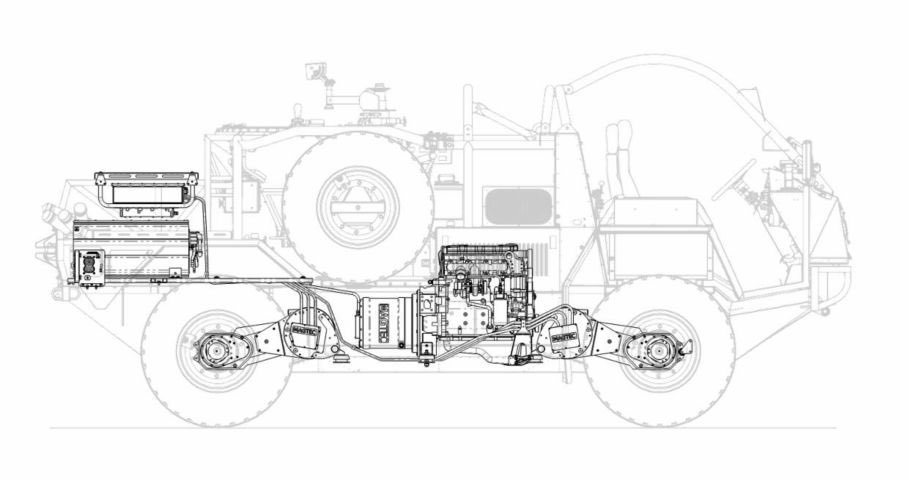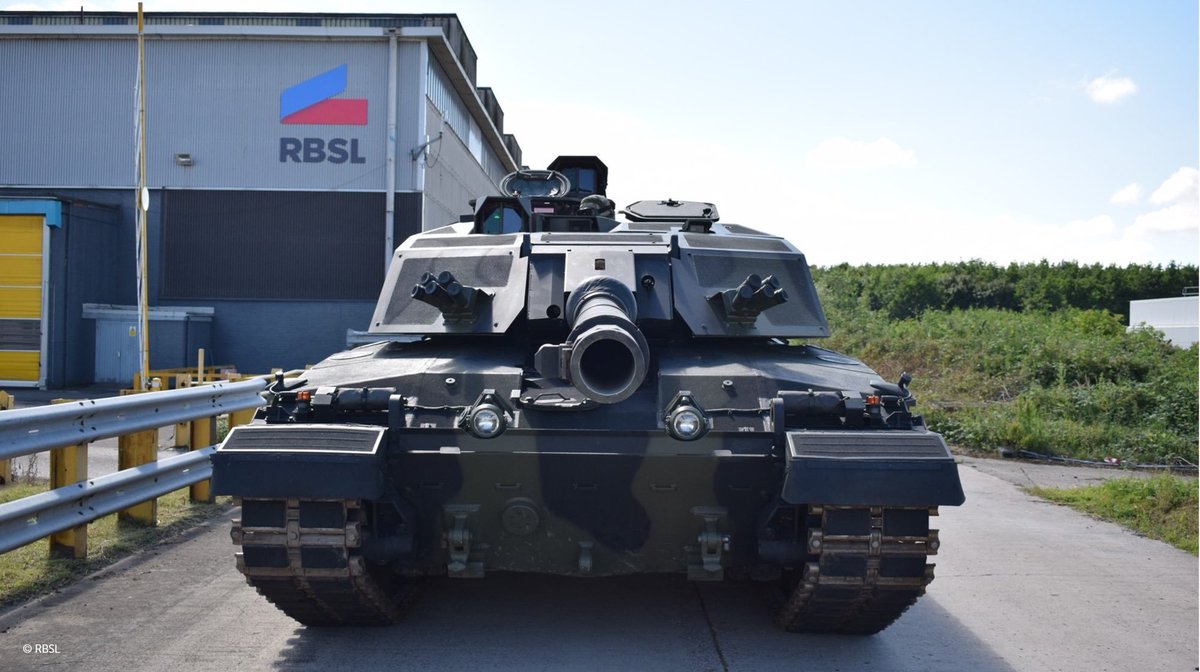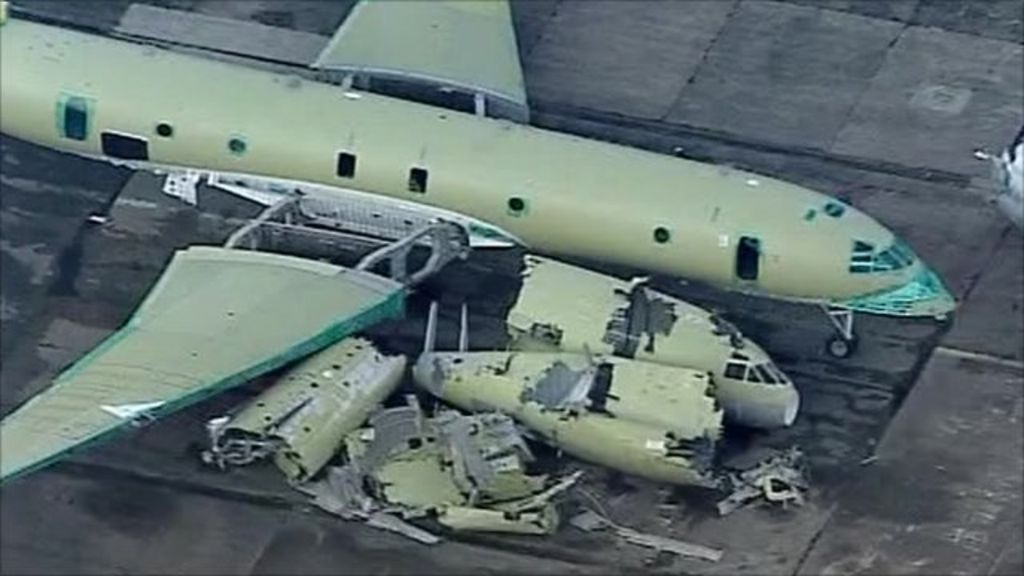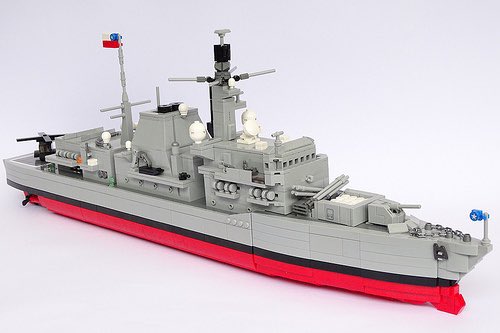
MagTec are a UK company based near Sheffield. They are currently working with Supacat and others to deliver a Hybrid Electric Drive version of Jackal and Foxhound for demonstration.
They have form with the MOD...
1/
They have form with the MOD...
1/

In between the MOD’s first dalliance with Boxer (MRAV) and FRES (Ajax) MagTec developed the Hybrid drive for the SEP.
But SEP wasn’t just tracked...
2/
But SEP wasn’t just tracked...
2/
MagTec also developed a 6x6 wheeled version of the Hybrid drive to fit the common hull.
3/
3/
Since the MOD ditched the SEP project in favour of FRES SV and UV SEP has manifested in two vehicles. The 8x8 Alligator...
4/

4/


...and a more conventionally driven tracked APC. This was submitted for a German competition but lost out to a change to an articulated requirement.
Note the composite rubber band tracks.
5/
Note the composite rubber band tracks.
5/

MagTec's Hybrid drive systems have previously passed all MOD EMC and environment specs. Results of the Hybrid version of Jackal and Foxhound (being tested at Millbrook amongst other locations) are expected after the Summer.
/FIN
/FIN
• • •
Missing some Tweet in this thread? You can try to
force a refresh










